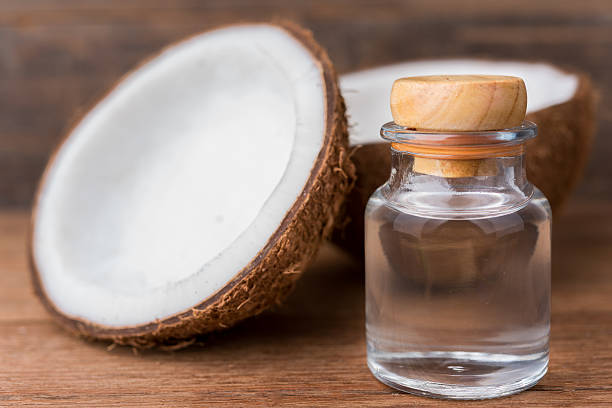SOLID VERSUS LIQUID

Saturated fat is solid at room temperature. This means that it is filled with hydrogen atoms. Poly and mono unsaturated fats are different. One or more carbon atoms is not holding any hydrogen. It is more liquid at room temperature.
All fats have some level of saturation even if it is poly or mono unsaturated. The concern is the level of saturation. Scientists credit poly and mono unsaturated oils to lowering the LDL (low density lipoprotein) levels in the blood. This is the one responsible for depositing cholesterol in the arteries. These oils in moderation, raise the HDL (high density lipoprotein) levels which is responsible for clearing out excess cholesterol from the arteries and taking it to the liver for disposal.
Artificial Trans Fats carry serious health consequences
Health organizations recommend limiting the polyunsaturated oils to 10% or less of total fat calories and also recommend the total dietary fat intake to 30% or less for good health.
Some manufacturers modify oils and natural foods and sell them as “healthy substitutes”. This is far from the truth. One example is margarine which is really a butter imitation. They Hydrogenate liquid polyunsaturated oils, pumping them full of hydrogen atoms so they are solid at room temperature like butter. Artificial Trans Fats are a by product of this process and carry serious health consequences. It is linked to insulin resistance, increased inflammation and blood vessel damage. Pure butter is better. Natural is best.
This great article from healthline titled : Butter vs. Margarine: Which is Healthier? , written by Kris Gunnars, BSc, (updated April 17th 2018), gives some important information on hydrogenation , trans fats, saturated fats and healthier consumption choices. The link is: https://www.healthline.com/nutrition/butter-vs-margarine




